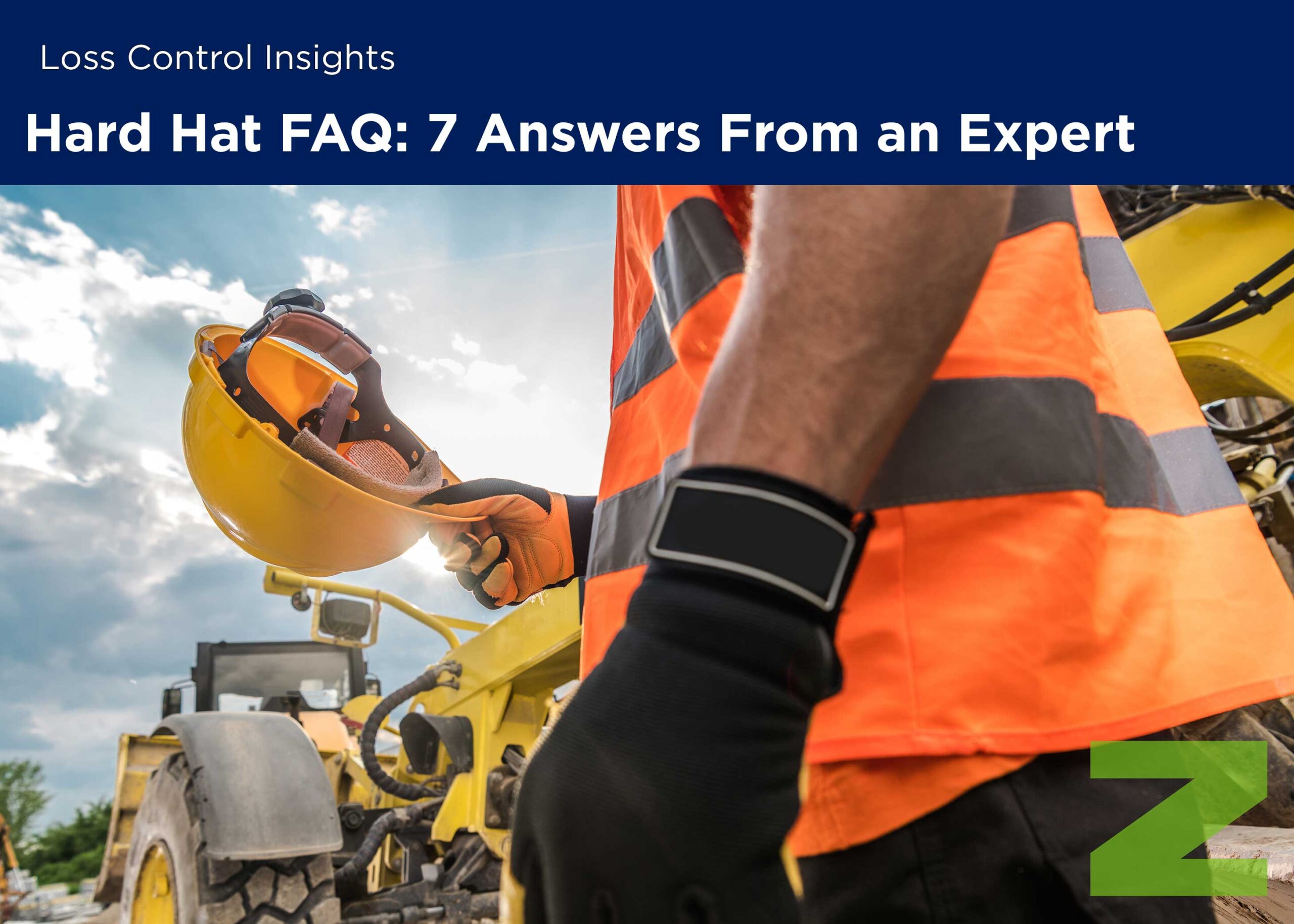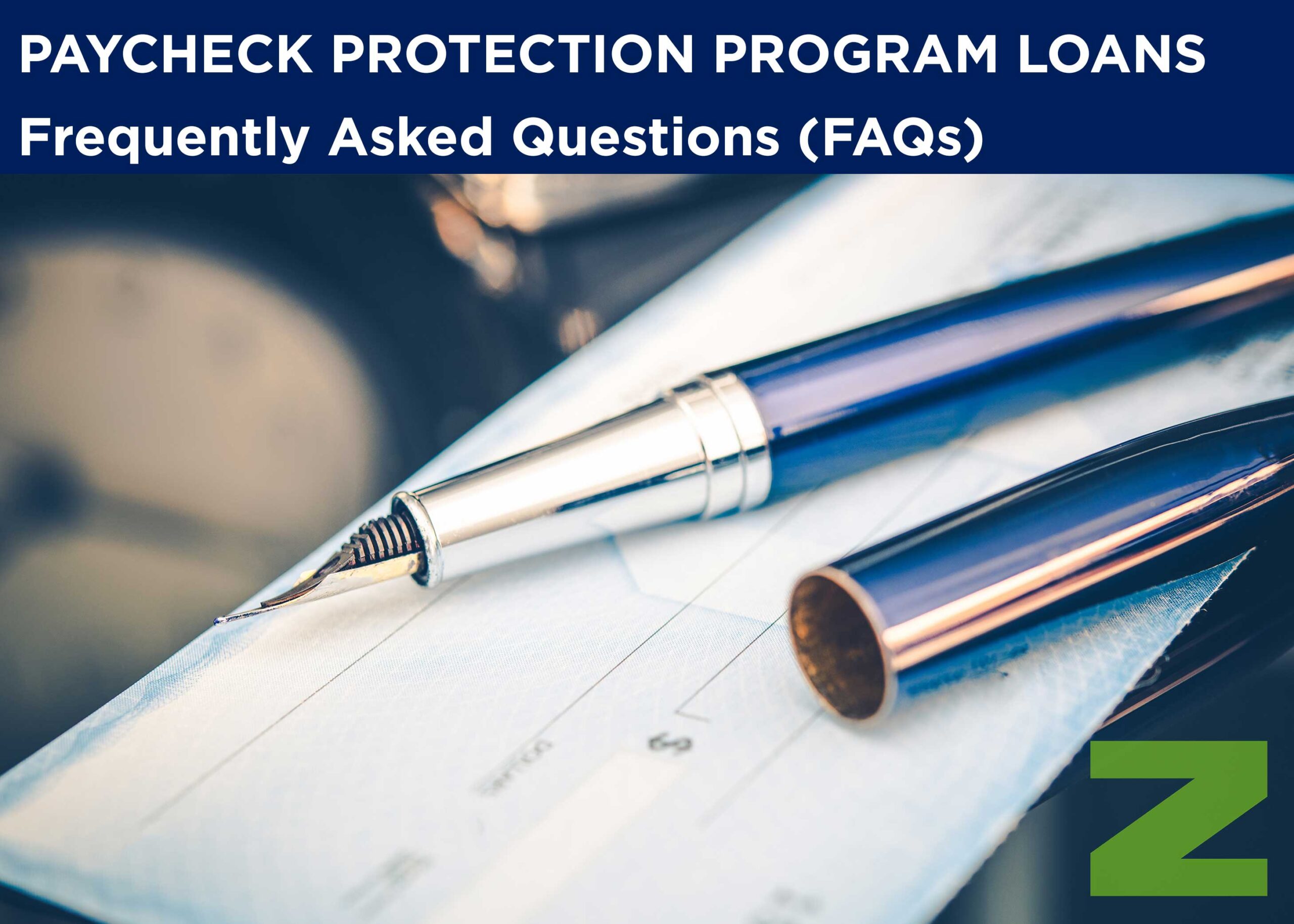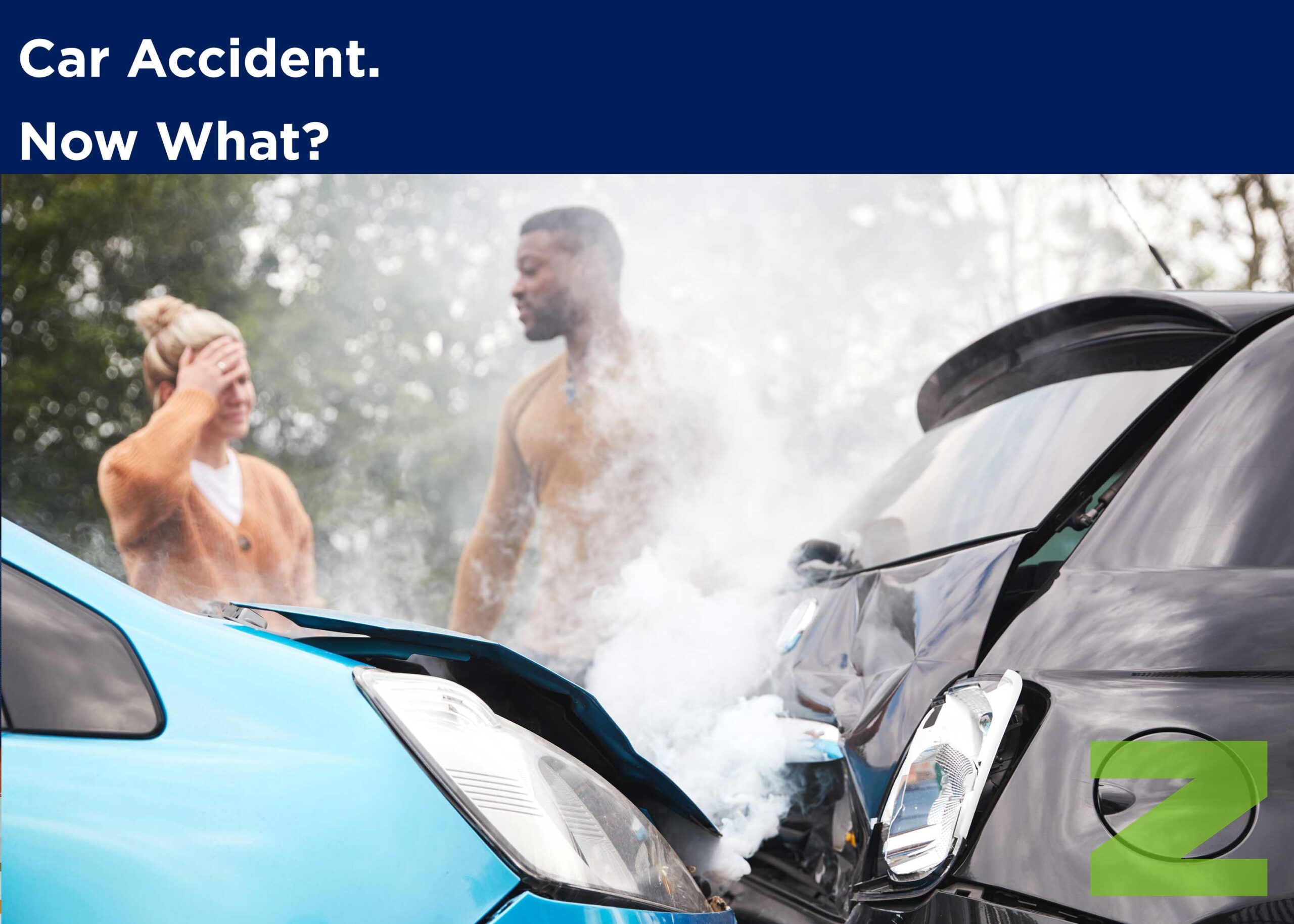Loss Control Insights
Hard Hat FAQ: 7 Answers From an Expert
While hard hats are a very routine personal protective equipment (PPE), questions about them persist. An EMC Loss Control Engineer, sheds light on some of the most common concerns and questions she comes across while working with policyholders.
Q: Are stickers allowed on hard hats?
A: It depends. The American National Standards Institute (ANSI) and the Occupational Safety and Health Administration (OSHA) have differing standards on this issue. ANSI does not allow stickers on hard hats, and until OSHA adopts this standard, the practice of placing stickers on hard hats will likely continue.
OSHA’s response says that applying stickers or painting hard hats “must be performed in accordance with the manufacturer’s instructions, unless the employer can demonstrate that the altered helmet is as effective and protective.” This places the burden on the manufacturer to determine if it’s OK to add stickers.
Many companies use stickers on hard hats to show employee training levels and indicate if a worker is qualified to be on the current job site. But from a safety standpoint, stickers aren’t a good idea because they can cover a hole or crack. And unseen damage jeopardizes the wearer’s safety, defeating the reason for wearing a hard hat.
Q: What do the different colors of hard hats mean?
A: Color assignments can differ from site to site, but these color uses are most common:
- White for supervisors, foremen and engineers
- Brown for welders and those working with high heat
- Green for safety inspectors and occasionally new workers
- Yellow for earth movers and general workers
- Blue for carpenters, technical workers and temp workers
- Orange for road crew workers, visitors and sometimes new employees
Additionally, some employees choose to wear unusual colors, such as pink, for visibility.
Q: What are hard hat ratings?
A: There are two types and several classes of ANSI ratings. Type I protects only the top of the head, while Type II protects the top and sides of the head. Class C hats don’t provide protection from electrical hazards. Class G helmets protect against low-voltage conductors (up to 2,200 volts), and Class E hats are tested at 20,000 volts.
Q: When are hard hats required?
A: In OSHA 29 CFR 1910.135, hats are required when any of these conditions are present in the work area:
- Objects may fall from above and hit an employee on the head
- Employees may bump their heads on objects such as pipes or beams
- There is a danger of head contact with electrical hazards
One thing to note is that some employers don’t think about non-electricians needing hard hat protection from electrical hazards. But any time there is an electrical danger, employees working in that area—electricians or not—need the protection of a Class G or E hat.
Q: Do hard hats expire?
A: Yes, and a recommended replacement date is stamped on the hat. However, rely on that date loosely. For example, if the hat sat in a warehouse for a year before you purchased it, the expiration date will be off. Keep your purchase records to prove how long it’s been in use.
On the other hand, heavy exposures to sun, extreme temperatures, chemicals and hard daily use means you’ll need to replace your hard hat much sooner. You’ll need to replace your hat immediately if it takes a heavy impact or is dropped more than 8-10 feet.
Q: What testing leads to ANSI approval for hard hats?
A: ANSI standard Z89.1 requires flammability, force transmission, apex penetration and electrical insulation testing for all Type I and Type II hats. In addition, Type II hats require impact energy attenuation, off-center penetration and chin-strap tests.
Some manufacturers run additional tests including high visibility, low temperature and wearing the hat backward.
There are permanent labels or markings on hard hats, letting you know the type, class and testing completed.
Q: How should a hard hat fit?
A: When you adjust the harness suspension, there should be approximately 1-1¼ inches clearance between your head and the hat.
Q: Can I wear my hard hat backward?
Some brands are designed so the hat can be worn backward, while others are not. Always check the manufacturer’s label to be sure a hard hat is safe to wear backward.
Q: Can I wear a baseball hat or other headgear under my hard hat?
Baseball hats are not allowed, but other headgear, such as bandanas and winter liners can be worn if they are tight against the head and don’t affect the hat’s suspension and functioning.
An Important Reminder
Hard hats are often treated carelessly and abused by workers. Remember, a hard hat could be what stands between you and severe injury or death. It’s important to follow regulations to ensure your hard hat is still doing the job it is designed to do: keep you safe.
A hard hat does not offer total protection—you need to be aware of what is going on around you. Our experts suggest setting up “no-go” zones to avoid employee exposure to overhead hazards. You should also reinforce jobsite dangers during employee training, stressing that a hard hat can’t prevent all injuries caused by falling objects. There is only a limited amount of protection a good hard hat can provide.
For more information, refer to Safe Use of Hard Hats training and Safety Brief: Personal Protective Equipment, Hard Hats.





